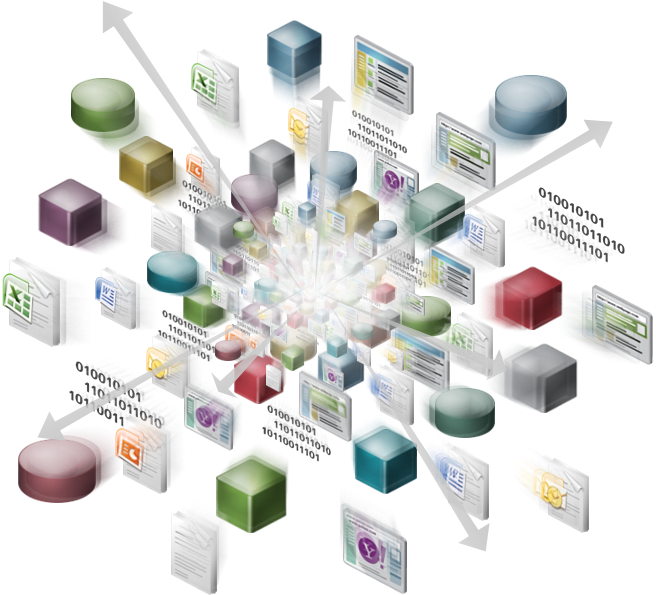MIS 2502: In-Memory Analytic Research
In-memory analytic is a new way for businesses and companies to complete business intelligence tasks in more effectively and efficiently than before. Traditionally, companies have been using the analytical data store, specifically the data cube to analyze data. However, the data cube comes with some caveats that can interfere with business functionality. The most important caveat is that data cube is “non-volatile”, therefore companies must wait to change measured facts, dimensions, or granularity. For example, companies cannot track monthly sales if “date” is quarterly; companies must wait to change the granularity.
In MIS 2502, I learn that after the employees go home, the companies’ computers automatically extract, transform, and load transactional data from that day into the analytical database. Those individual transactions are then summarized and put into the cube. Therefore, theoretically, the cube is always one day behind the actual transactions despite its efficiency. As everyone continues to move toward 64-bit computers, the idea of in-memory analytics as replacement becomes more and more feasible. Traditionally, business intelligence is done by querying data on physical disk; however, the 64-bit operating systems allow companies to query data in a computer’s random access memory (RAM). By querying data using a computer’s RAM, companies can reduce the time spent querying and eliminate the need for data indexing and pre-aggregating data in OLAP (Rouse).
An example of in-memory analytics in action is the use of SAP’s HANA system at Automotive Resources International (ARI). Although ARI has an abundance of data, its analytical reports are not “deep” enough due to pre-aggregation. With the deployment of the HANA system using in-memory analytics, ARI eliminates the need to schedule reports; instead, its employees just design the report and let the clients interact with the data. Not only that, HANA also provides ARI faster internal reporting on its business functions such as customer relation or profitability analysis (Morrison).

Sources Cited:
Morrison, Todd. “In-memory technology pushes analytics boundaries, boosts BI speeds.”
SearchBusinessAnalytics. Tech Target, Apr. 2013. Web. 16 Apr. 2017.
<http://searchbusinessanalytics.techtarget.com/feature/In-memory-technology-pushes
analytics-boundaries-boosts-BI-speeds>.
Rouse, Margaret. “Definition: In-memory Analytics.” SearchBusinessAnalytics. Tech Target,
Jan. 2015. Web. 16 Apr. 2017.
<http://searchbusinessanalytics.techtarget.com/definition/in-memory-analytics>.

